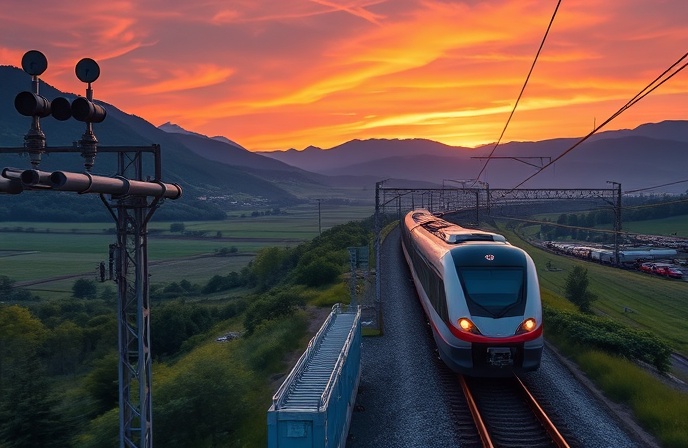Kaohsiung MRT: Taiwan’s Urban Rail Innovation
Kaohsiung’s MRT: A $3.23 billion success story in urban rail development, transforming the city through meticulous planning and seamless network integration. Discover how!

Kaohsiung’s MRT: A Case Study in Urban Rail Development
This article examines the opening of Kaohsiung’s (Taiwan) mass rapid transit (MRT) underground line, a significant infrastructural achievement representing a substantial investment in urban transportation and urban renewal. The project, completed after a decade of construction at a cost of approximately $3.23 billion USD, offers a compelling case study in the complexities and benefits of large-scale urban rail development. We will analyze the project’s technical aspects, its impact on the city’s traffic flow and urban landscape, and the broader implications for future urban planning in Taiwan. The article will further explore the integration of this new line with existing railway networks and the planned second phase of the project, highlighting the collaborative efforts required for such ambitious undertakings. Finally, we will consider the economic and social impacts of this significant investment.
The Kaohsiung MRT: Engineering and Design
The 15.37 km underground line, connecting Zuoying and Fongshan, represents a complex engineering feat. The project’s success hinges on meticulous planning and execution, including the meticulous removal of seven at-grade railway crossings and sixteen flying junctions (complex rail intersections) within the city center. This elimination significantly improves traffic flow, reduces the risk of accidents, and opens up substantial space for urban redevelopment. The integration of ten stations, including three existing stations (Zuoying, Kaohsiung, and Fongshan) and seven newly constructed stations, demonstrates careful consideration of passenger demand and strategic urban connectivity.
Urban Renewal and Public Space
Beyond the immediate benefits of improved transportation, the Kaohsiung MRT project has facilitated significant urban renewal. The removal of above-ground railway tracks has freed valuable land, creating opportunities for the development of green spaces and public amenities. The planned second phase of the project emphasizes this aspect, aiming to construct a “green corridor” along the former railway route. This transformation reflects a broader trend in urban planning towards prioritizing sustainable development and improving the quality of life for city dwellers. The creation of open spaces contributes significantly to the aesthetic and functional improvements of the city center.
Integration with Existing Rail Networks
The successful integration of the new MRT line with existing rail networks, notably the Taiwan Railways Administration (TRA) system, is crucial for its overall effectiveness. The shared use of Kaohsiung Railway Station, for instance, optimizes connectivity and passenger convenience. This interconnectedness fosters seamless travel between different modes of transportation, encouraging a multimodal approach to urban mobility and maximizing efficiency for commuters. Such integration requires careful coordination and planning between different agencies and stakeholders.
Economic and Social Impact
The economic impact of the Kaohsiung MRT extends beyond the initial investment. It stimulates economic activity through job creation during construction and operation, and it facilitates commerce by improving accessibility and connectivity. The increased efficiency of transportation reduces travel times and costs, benefiting businesses and residents alike. On a social level, the improved public transportation system fosters social inclusion by providing access to employment opportunities and essential services for a wider segment of the population. The creation of green spaces also contributes to improved public health and well-being.
Conclusions
The opening of Kaohsiung’s MRT line marks a significant milestone in Taiwan’s urban development. The project showcases the transformative power of strategic investment in public transportation, highlighting the intricate interplay between engineering, urban planning, and economic development. The successful integration of the MRT into the existing transport network, along with the planned creation of a green corridor, demonstrates a commitment to sustainable urban renewal. The project’s success underscores the importance of collaboration between governmental bodies and the private sector in executing complex infrastructure projects. The economic benefits, coupled with the substantial improvements in urban aesthetics and transportation efficiency, solidify the Kaohsiung MRT as a model for future urban rail development, not just in Taiwan, but globally. The long-term success of this project will depend on continued investment in maintenance and expansion, along with ongoing efforts to integrate the line further into the city’s evolving transportation ecosystem. The experience gained in Kaohsiung provides valuable lessons for other cities facing similar challenges in managing urban growth and enhancing the quality of life for their residents.




